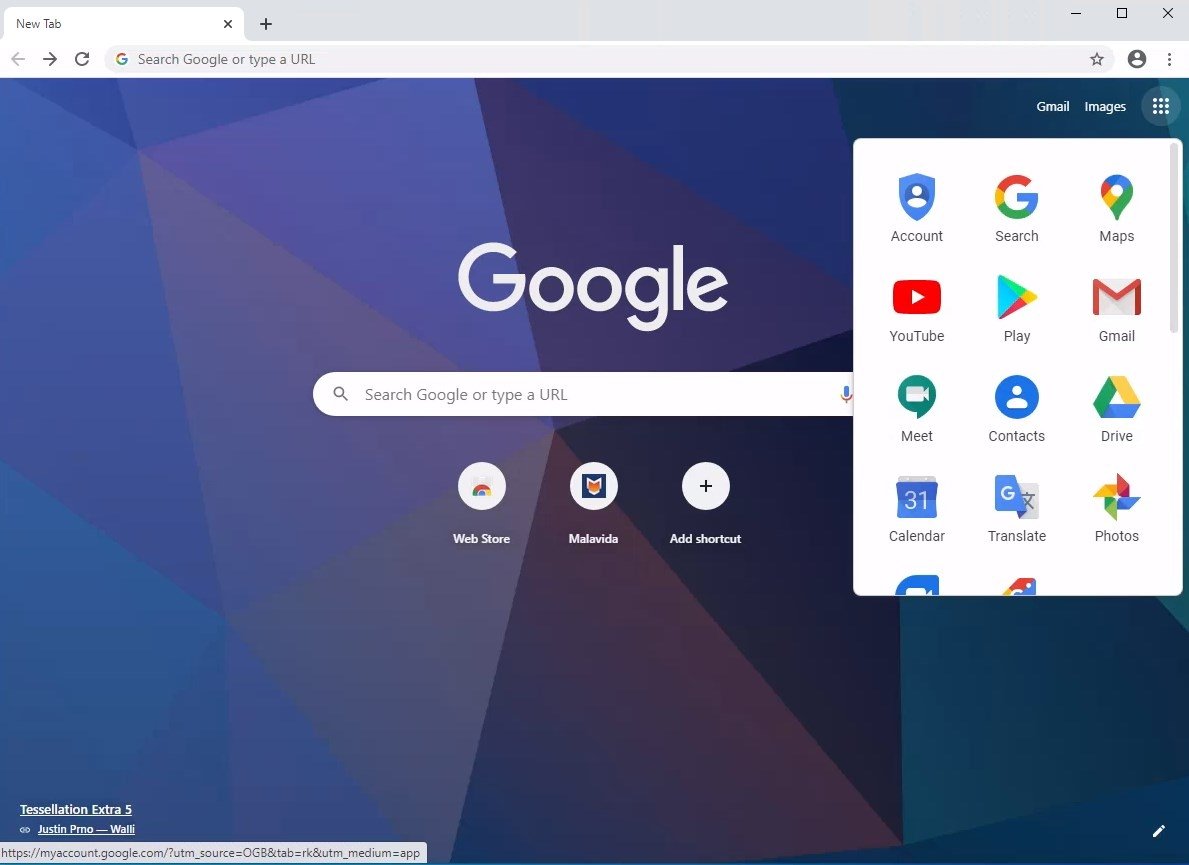

Now you can choose to take action by clicking on the permission chip that will appear to the left of the address bar in Chrome 88. This enhances the user experience by not blocking the context of the website or Chrome itself. Minimal permission request popupsĪs opposed to the previous large popups that appeared at the top to ask for permissions, Chrome 88 now has smaller, less intrusive permission requests. Users will need to upgrade to OS X 10.11 El Capitan or later to use Chrome 88. Hence, Chrome 88 is not compatible with Mac OS X 10.10 Yosemite. Since Apple dropped the support for X 10.10 Yosemite back in 2017, it makes sense to drop support for this OS by Google as well. Hence, Chrome 88 no longer supports Flash Player. Since Adobe has already discontinued their Flash Player, it makes sense for Google to drop the support for the player in their product as well. This leaves the packets in transit via FTP protocol open to modifications from attackers and could easily hack into your network.Īlternatively, secure protocols like FTPS and HTTPS are encouraged to be used to reduce the risk of a breach. According to Google, this feature has been depreciated since FTP is a legacy feature and has no support for encryptions. With Chrome 88, FTP URLs are no longer supported. To enable dark mode in Google Chrome, open the following URL and enable the option:Ĭhrome://flags/#enable-force-dark End of support for FTP websites

To enable dark mode on ChromeOS, open the following URL: However, it varies from website to website, depending on whether they support it. Up until Chrome 87, these things were rather greyish and did not entirely support the dark theme. Improved dark themeĪlthough the dark theme has been around on Google Chrome for some time now, now Google has expanded the theme to its scroll bar, Bookmarks, History, New Tab page, etc.

Let’s go through some of the features introduced in Chrome 88. More information about security fixes can be found here.


 0 kommentar(er)
0 kommentar(er)
